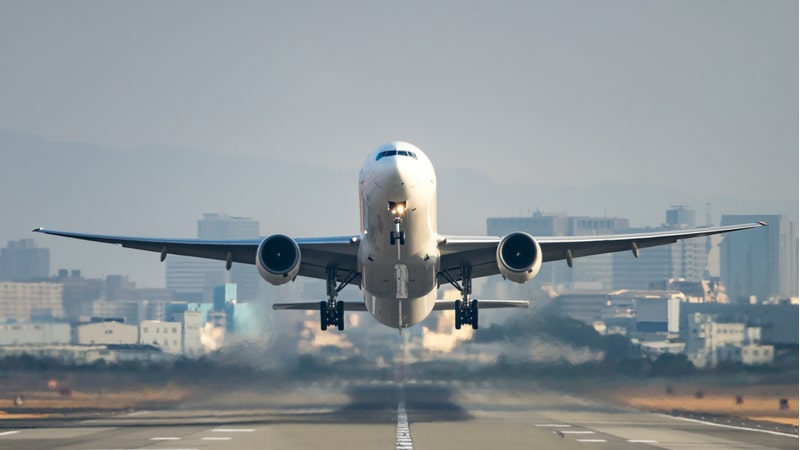
President Donald Trump and Department of Transportation (DoT) Secretary Sean Duffy are on the hunt for emergency supplemental funding to pay for their plan unveiled on Thursday to build a brand-new U.S. air traffic control system.
The proposal aims to build the new system in three years, replacing the Federal Aviation Administration’s (FAA) current antiquated system.
The proposal does not offer an exact funding target for the project. However, President Trump’s proposed budget for the FAA in fiscal year (FY) 2026 features a funding boost of $13.8 billion for FAA operations that may cover some of the new traffic control system.
“This funding level would support the administration’s air traffic controller hiring surge and salary increases, which are critical to addressing the air traffic controller shortage, as well as FAA’s ongoing updates to its outdated telecommunications systems,” says the budget request, which was released in advance of DoT’s air traffic control overhaul plan.
According to the White House, key aspects of the three-year modernization plan include replacing outdated infrastructure with state-of-the-art fiber, wireless, and satellite technologies at over 4,600 air traffic control sites. This includes 25,000 new radios, 618 new radars, and 475 new voice switches.
Additionally, the Trump administration plans to build six new Air Traffic Control Centers – the first such new facilities since the 1960s. It also plans to deploy 16 new towers and 15 co-located TRACONs (Terminal Radar Approach Control) – facilities that house air traffic controllers who guide aircraft approaching and departing airports.
The FAA said it will install modern hardware and software for all air traffic facilities “to create a common platform system throughout towers, TRACONs, and centers.”
“We are seizing a once-in-a-generation opportunity to build a brand new, state-of-the-art air traffic control system,” Secretary Duffy said in a statement. “Decades of neglect have left us with an outdated system that is showing its age. Building this new system is an economic and national security necessity, and the time to fix it is now.”
“The unprecedented coalition of support we’ve assembled – from labor to industry – is indicative of just how important it is to this administration to get done what no one else could. The American people are counting on us, and we won’t let them down,” he added.
The announcement gained praise from several airline companies’ CEOs, including United Airlines, American Airlines, Delta Air Lines, Southwest Airlines, and JetBlue.
“We very much appreciate the leadership that you are bringing to this ATC modernization effort,” said JetBlue CEO Joanna Geraghty. “This has quite literally been our number one priority for decades.”
A wider range of outdated systems at the FAA came under scrutiny following a major system outage in January 2023 to its Notice to Air Missions (NOTAM) system that caused the agency to temporarily pause flights nationwide. It was the first nationwide ground stop since Sept. 11, 2001, and caused the delay and cancelation of thousands of flights.
The outage sparked calls for a joint review of the vulnerabilities of all systems supporting national air travel.
Additionally, the FAA came under increased scrutiny following a deadly midair collision near Ronald Reagan Washington National Airport between an American Airlines passenger plane and a military Black Hawk helicopter. All 67 people involved in the January crash were killed, prompting scrutiny of air traffic control operations.
In September, the Government Accountability Office reported that over 100 of the FAA’s 138 systems are unsustainable or potentially unsustainable, with half of those resulting in potentially “critical” impacts on airspace operations.
